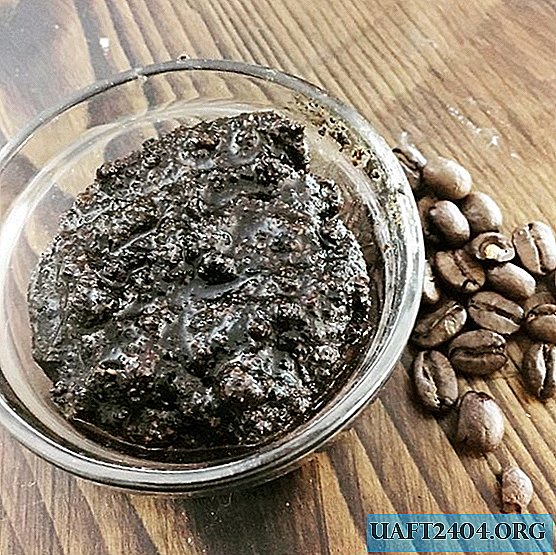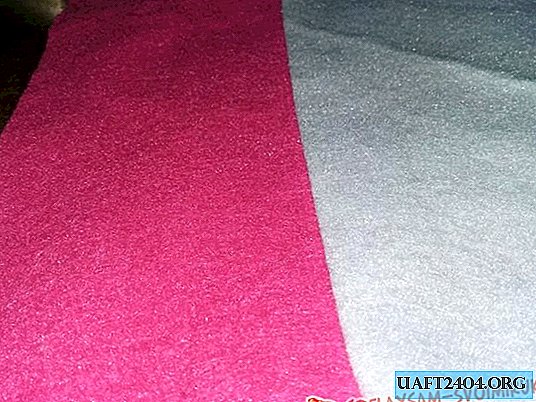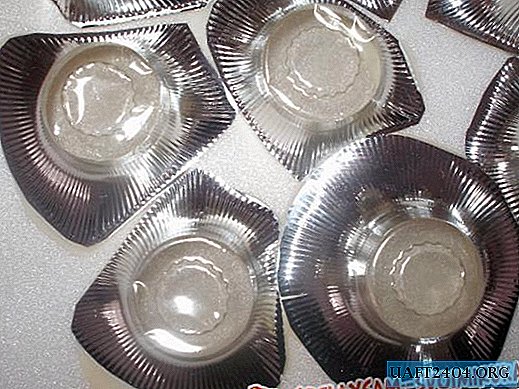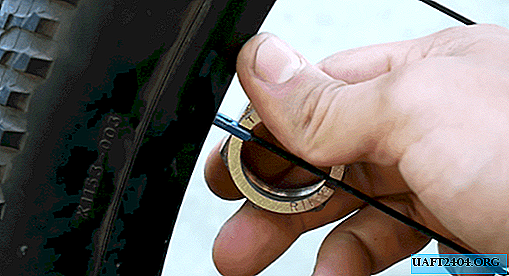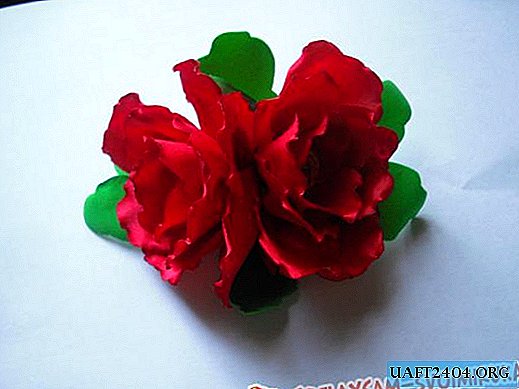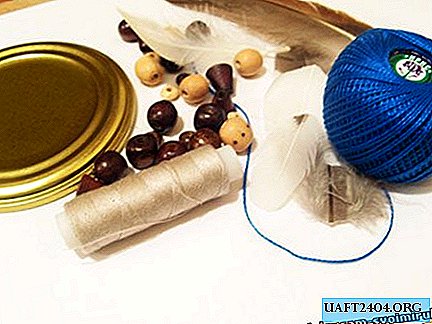Share
Pin
Tweet
Send
Share
Send
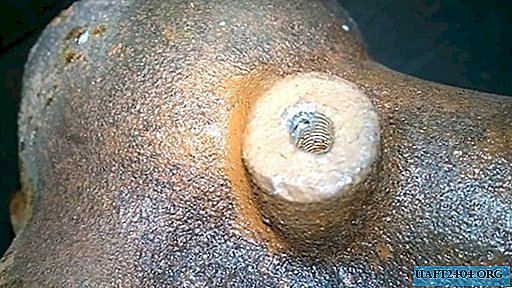
It may turn out that there is no tap of the appropriate size on hand, and a part with a damaged thread is bulky and firmly fixed to the machine or mechanism, for example, as a clutch cover to the engine and gearbox.
It seems that the situation is hopeless. But, it turns out, there is a fairly simple, but effective way to restore the thread in place using an ordinary steel bolt of the appropriate size, even possibly twisted out of the same hole with damage.
To implement the method, we need a mini grinder with a small and thin disk. If it is absent, then you can do with an ordinary hacksaw for metal, since there is basically nothing to saw. Here are some specific examples of using this method of restoring internal threads.
Car exhaust manifold restoration
Imagine an exhaust manifold, which in several places is fixed to the engine block with bolts or studs. Damage to at least one hole of such a part is a significant problem. Even disconnecting this unit from the engine is often difficult: for many years of operation, due to high temperatures, it tightly sticks to its seat. And then you still need to find the master with the right tap, pay for the work ...
One thing remains: to fix the problem yourself, since the crumpled profile in the hole will not allow you to screw a bolt into it, and can even ruin the thread on it.


You can use the "native", just twisted, or another, but exactly the same in size and profile.
Clamp its head in a bench vise so that the rod is directed upwards. Then a hacksaw for metal exactly in the center of the rod, cut a groove of about 3-5 turns.

Next, we lubricate the cut bolt and the damaged place with machine oil, and screw this kind of tap into it, first by hand, as long as we have enough strength, then with a wrench, screwing and unscrewing it several times in a row.


As a result, the threaded protrusions on the bolt, cut by a groove, enter the recesses and gradually crush the wrinkles.

Having unscrewed after that our peculiar tap, we are convinced that he himself remained intact, and more importantly, he completely restored the profile in the hole.

Now it is possible to screw this or another same bolt into it until the end by the force of one hand and fix the part in the place intended for it.

Bonnet hinge
Sometimes this defect occurs in the hole to which the hood loop is attached. We do exactly the same as with the exhaust manifold.

We fix the fixing bolt in a vice and perform a groove on its shaft, adding grease, and then twist it by hand, while it is possible.

Next, we continue the process with a wrench, several times wrapping and unscrewing a makeshift tap.

In this case, the cut profiles of its thread, tidy up the profile in the hole, performing the functions of a tap. Taking out the bolt, you can make sure that the threads on it and inside are in perfect order. The bolt is now easily screwed into it by hand. If you then tighten it with a wrench, then it will provide the necessary tightening force.


Thread restoration on engine block
The problem under consideration can also occur on the engine block, especially if it is made of aluminum alloy. A clogged or wrinkled thread in the hole does not allow the bolt to be installed properly. He either does not screw in, or strive to go wrong.

We repeat the procedure that we used with the exhaust manifold and the loop mount on the hood. The shaft of the bolt clamped in a vice is cut from the end with a hacksaw to a depth of several turns.

Then, having removed metal particles from it, and having greased plentifully, we spin by hand into the hole with damage. As soon as the bolt reliably enters there for several turns, we take a wrench in our hands and carefully and gradually screw it in and out, until we go through all the depth to the end.

We make sure that the thread in the hole is restored, and on the bolt it did not receive damage. This can be proved by screwing it into place at full depth by hand.

Output
This is a surprisingly simple way to repair threads in holes, considering that millions of bolts are produced every day in the world, this can be considered an outstanding technical solution.
Share
Pin
Tweet
Send
Share
Send

